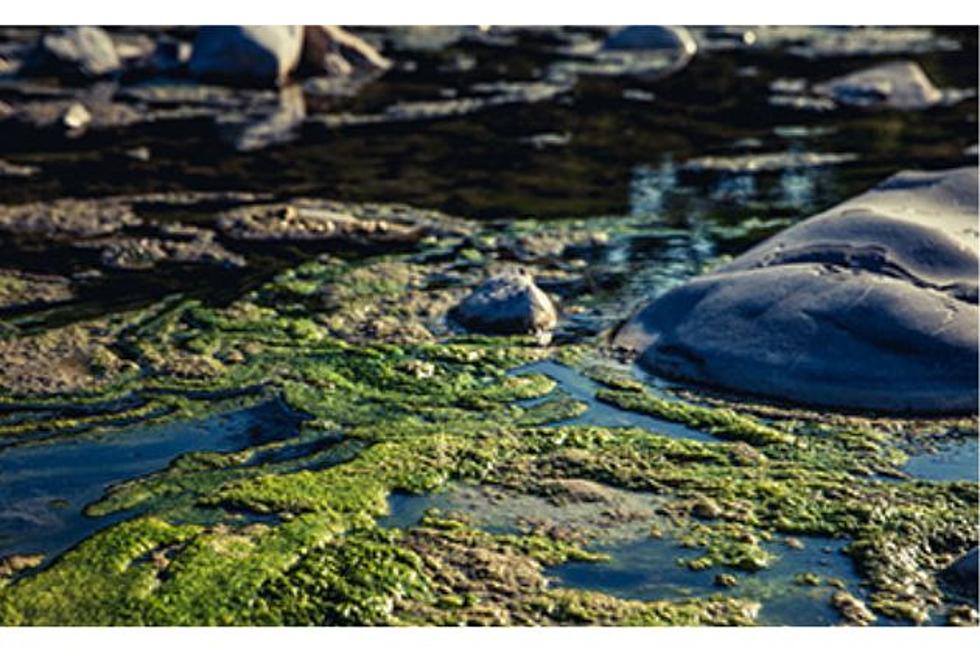
Wyoming Residents Urged To Avoid And Report Cyanobacterial Blooms
State officials are warning residents to avoid and report cyanobacteria, or blue-green algae, blooms in Wyoming waters.
That's according to a news release from the Wyoming Department of Environmental Quality.
The release says the Wyoming Department of Health and state livestock board along with other local, state and federal officials are joining the DEQ in issuing the warning.
The blooms can be reported here. According to the release:
Cyanobacteria, also known as blue-green algae, can form HCBs that produce toxins and other irritants that pose a risk to human and animal health. HCBs typically develop in mid to late summer and can occur in flowing and non-flowing waters such as streams, rivers, lakes, and reservoirs. HCBs may be green, tan, brown, or blue-green in color. HCBs may float in or on the water and look like spilled-paint, grass clippings, clumps, or scums. HCBs may also be attached to aquatic plants, rocks, or other material and look like films, mats, or gelatinous balls.
The release offers the following advice if you come across a bloom:
If a bloom is present, the WDH and WLB recommend the following:
- Avoid contact with water in the vicinity of the bloom, especially in areas where cyanobacteria are dense.
- Do not ingest water from the bloom. Boiling, filtration, or other treatments will not remove toxins.
- Rinse fish with clean water and eat only the fillet portion.
- Avoid water spray from the bloom.
- Do not allow pets or livestock to drink water near the bloom, eat bloom material, or lick fur after contact.
- If people, pets, or livestock come into contact with a bloom, rinse off with clean water as soon as possible.
More information is available at this DEQ website.
